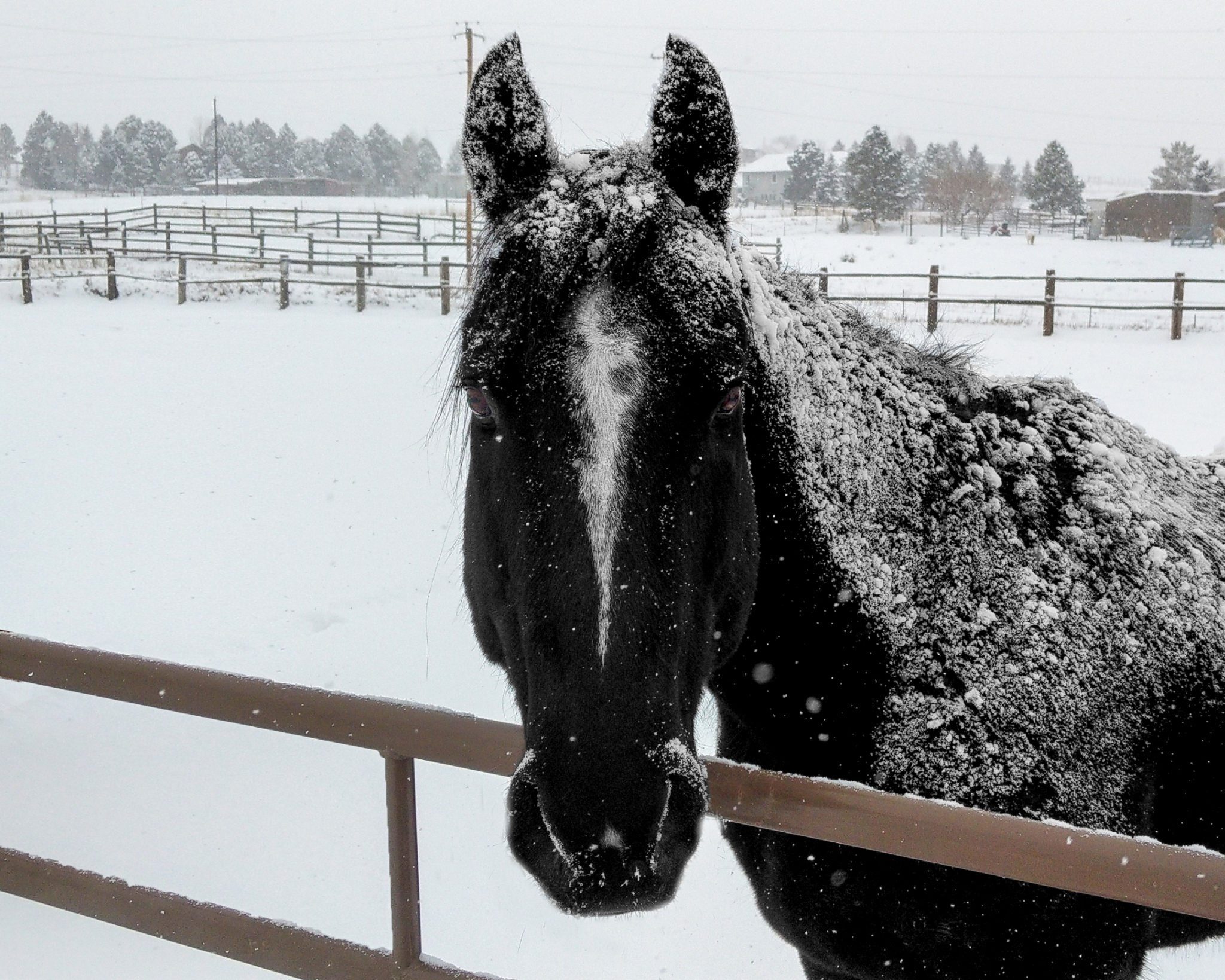Question Category: Riding Skills
Question: Julie,
Could you elaborate more on what you mean regarding the difference between posting “from the stirrup” and posting from the thigh? I’ve only started riding English this year (western prior). I’m enjoying improving my riding and learning these skills…however, the tendency seems to be to tell people to focus so much on the dropped heel and still lower leg, that no one tells you what NOT to do with the heel/stirrup. I’ve generally ‘got it,’ and am improving with practice, but I would love to weave this bit of knowledge into the ‘foundation’ of my learning. Thanks!
Answer: Good question! And one that I have gotten frequently—what does it mean to post correctly? It involves several things: using the lift in the horse’s back to initiate your rise, rolling onto your thighs instead of pushing on the stirrup, lengthening your lower leg as you ride and sitting all the way back down on the saddle in perfect rhythm to rise on the next beat. I’ll break these skills down just a little bit and hopefully it will help you refine your posting skills.
First, remember the horse sets the rhythm and the lift in his back as his feet come off the ground is what should thrust you up and forward in the rising portion of your post. It is a motion similar to bouncing your bottom on a trampoline and then bouncing up to your feet; as you sit down on his back, it springs you up and out of the saddle in a controlled motion. However, do not come too high out of the saddle when you are posting; keep your seat as low as possible and put as little effort as you can into posting, leaving most of the work to the horse (as he lifts you up with each stride).
As you rise into a standing position, your knees and thighs will actually roll in just a little, “hugging” your horse with your thighs, as your lower leg stretches back and your heel stretches down—your leg actually lengthens as you rise, but your knees should stay in the same spot on the saddle. The weight that was on your seat is shifted to your thighs, not the stirrup. If you push up into the post incorrectly by pushing on the stirrup, your knee straightens and stiffens and your heel comes up and your legs shortens as you rise. If you post off the stirrup instead of off your legs, your center of gravity becomes disconnected from the horse’s and your balance and security in the saddle is impaired. To perfect the correct leg position, spend lots of time posting without stirrups and riding the trot standing in the stirrups—when this becomes easy and balanced, you will be riding off your thigh not the stirrup.
As you come back down into the saddle at the end of each beat of the post, make sure you sit all the way back into the saddle, fully on your seat, so that you can spring back up again off the lift in the horse’s back. Using the horse’s timing and rhythm is a critical part of posting. If you are still getting extra bounces as you post, it is because your rhythm is slightly off and you are sitting as his back is already lifting, so you get an extra bounce. Always begin the trot sitting so that you can feel the 1-2-1-2 rhythm and begin your posting when you feel the horse lift you. Additionally, if you know your diagonals, you should always begin posting on the correct diagonal—sit a few beats, feel the correct diagonal (when your outside hip lifts is when you go up). There are some articles on my website about posting diagonals and we have done an episode of Horse Master on feeling the correct diagonal.
That’s the skinny on posting. It’s a good skill to have and just like all riding skills, you can continually refine it so that you get better and better. There are many great exercises that will help with your posting, balance and leg position in Volume 3 of my riding series, Perfect Practice. There is an arena pocket guide for the exercises as well, that will help you and your friends work through the exercises while on your horse.
Julie
Copyright ©Julie Goodnight 2000. All Rights Reserved. No part of this website may be reproduced without owner’s express consent.

